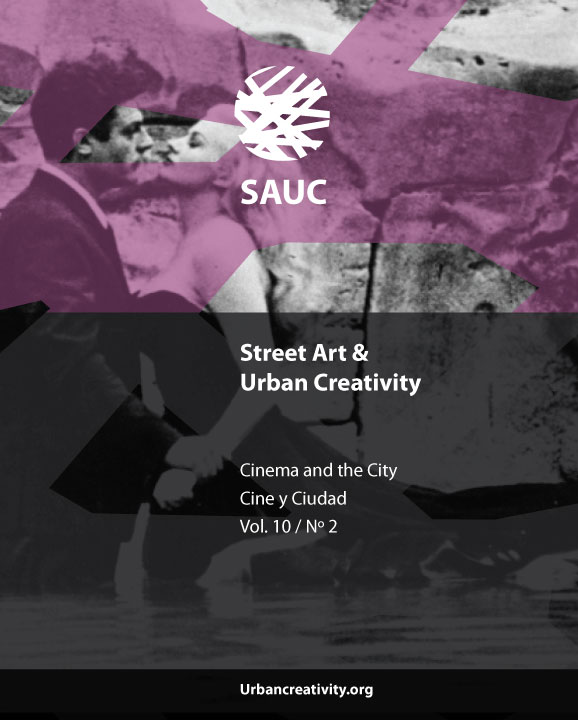Reconstruct the Memory of Roman Space
Analysis of Federico Fellini's Cinema
DOI:
https://doi.org/10.25765/sauc.v10i2.950Keywords:
Rome, Urban space, cinema, Federico Fellini, narrative.Abstract
Throughout history, the interplay between cinema and urban environments has played a pivotal role in both reflecting and influencing perceptions of cities and their development. In cinematic narratives, cities often transcend mere backdrops, assuming central roles rich in symbolic meaning, which underscores the significance of urban spaces in shaping cultural narratives. Starting from the films directed by the famous Italian director Federico Fellini, this paper focuses on the process of reproducing the urban space of Rome and organizes the Fellini-style imagination about the Roman space by combing the construction and expression of the Roman city in the films. The study finds that Fellini symbolizes the Roman space with the help of images, realizes the re-creation of the urban space of Rome, and enriches, stimulates and passes on the various cultural memories of the Roman space. At the same time, the study concludes that the film's retelling of the memory of Roman space is based on director Fellini's imagination, and it is a unique narrative system of urban images created by integrating history and reality, and it is the result of the joint effect of the iteration of urban time and space and the integration of film narrative.
Downloads
Global Statistics ℹ️
|
264
Views
|
359
Downloads
|
|
623
Total
|
|
Downloads
Published
How to Cite
Issue
Section
License
Those authors who publish in this journal accept the following terms:
-
Authors retain copyright.
-
Authors transfer to the journal the right of first publication. The journal also owns the publishing rights.
-
All published contents are governed by an Attribution-NoDerivatives 4.0 International License.
Access the informative version and legal text of the license. By virtue of this, third parties are allowed to use what is published as long as they mention the authorship of the work and the first publication in this journal. If you transform the material, you may not distribute the modified work. -
Authors may make other independent and additional contractual arrangements for non-exclusive distribution of the version of the article published in this journal (e.g., inclusion in an institutional repository or publication in a book) as long as they clearly indicate that the work was first published in this journal.
- Authors are allowed and recommended to publish their work on the Internet (for example on institutional and personal websites), following the publication of, and referencing the journal, as this could lead to constructive exchanges and a more extensive and quick circulation of published works (see The Effect of Open Access).













